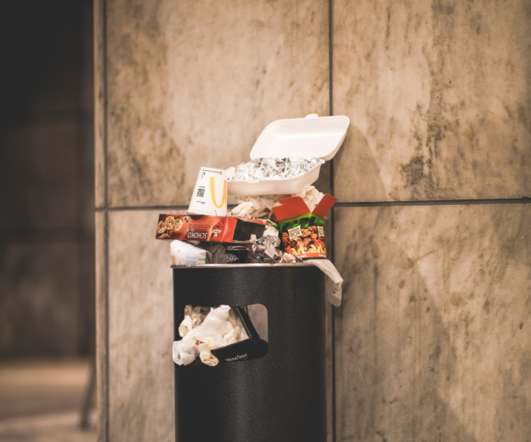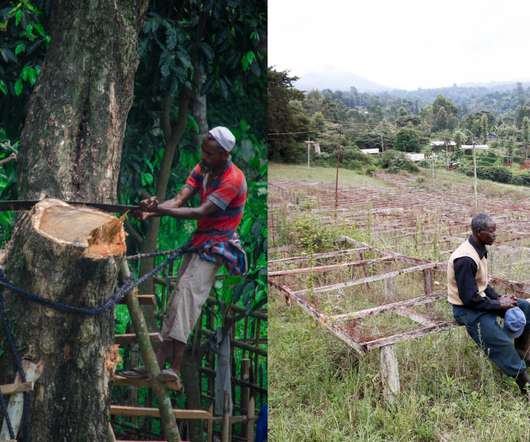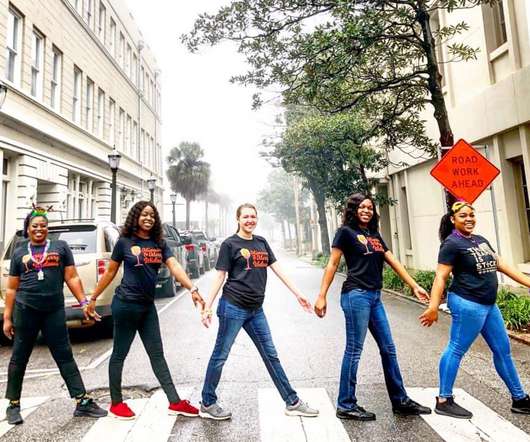An Environmentally Friendly Strategy to Reduce Restaurant Costs
Modern Restaurant Management
OCTOBER 6, 2022
Food waste generated by restaurants has long been an expensive and environmentally harmful problem. Now, there are solutions to change this that actually turn the waste into a resource that doesn't just benefit the environment, but the restaurants themselves. The Food Waste Reduction Alliance stated in a report that only 14.3















Let's personalize your content